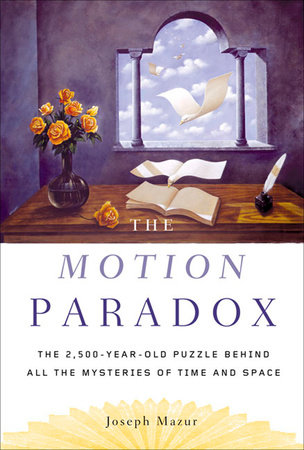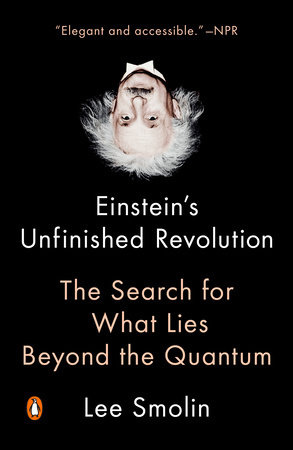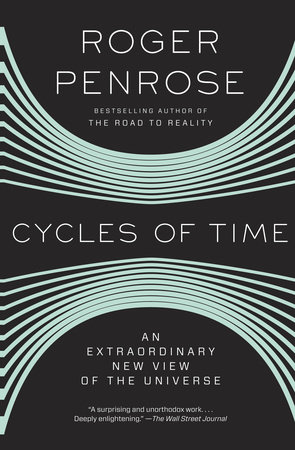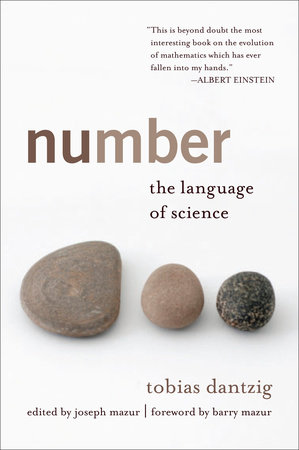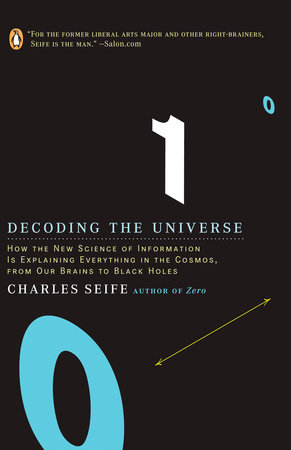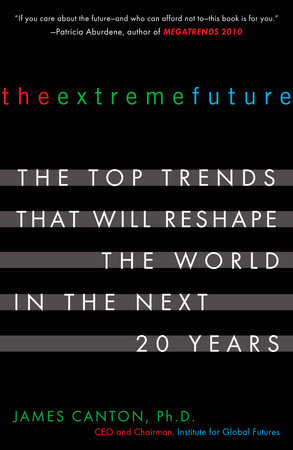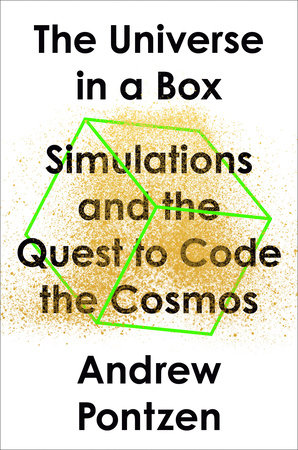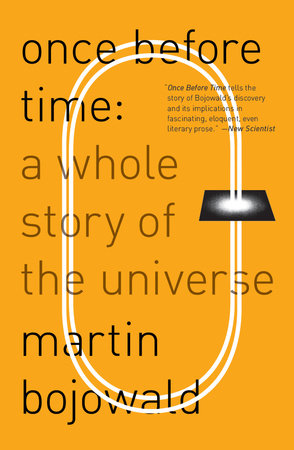

The Road to Reality

-
$29.00
Published on Jan 09, 2007 | 1136 Pages



Published on Jan 09, 2007 | 1136 Pages
Nobel Prize-winner Roger Penrose, one of the most accomplished scientists of our time, presents the only comprehensive—and comprehensible—account of the physics of the universe.
A “guide to physics’ big picture, and to the thoughts of one of the world’s most original thinkers.”—The New York Times
From the very first attempts by the Greeks to grapple with the complexities of our known world to the latest application of infinity in physics, The Road to Reality carefully explores the movement of the smallest atomic particles and reaches into the vastness of intergalactic space.
Here, Penrose examines the mathematical foundations of the physical universe, exposing the underlying beauty of physics and giving us one the most important works in modern science writing.
Author
Roger Penrose
Roger Penrose is Emeritus Rouse Ball Professor of Mathematics at the University of Oxford. He has received numerous prizes and awards, most notably the Wolf Foundation Prize in physics, which he shared with Stephen Hawking. He is the author of three previous books, including The Emperor’s New Mind. He lives in Oxford, England.
Learn More about Roger Penrose